Whether it may be because of Superman or Naruto, nearly everyone is well-acquainted with the world of stories created from sequential storytelling. This (relatively) new entertainment branch mixes visually appealing illustrations with literature, conjoining two creative storytelling paradigms into one medium. Although often connected to a more childish audience, manga and comics have long been catering to adults for far more prolonged periods of time than many expect.
Due to its allusive traits, combining imagery by putting a face to the name, as well as their complex and intricate stories, these comics naturally diverged from many parts of the world, going by different names. The word manga, in itself, is a simple translation of the English term “comic” into the Japanese language, and although the first manga to have been possibly recorded dates back to the 12th century, it wasn’t until 1902 that the first modern manga created by Kitazawa Rakuten was produced. Nowadays, there’s an entire panoply of popularized terms surrounding the Asian comic industry, and We Got This Covered is here to break them all down.
What is manga?
As we have previously established, manga means the same as comics, or in other words, it is a book that contains a set of stories and characters in a sequential notice. The dominator manga originated in Japan, and over the years it has become the most prevalent form of literacy on the entire island. Manga is normally sketched by the authors of the story in black and white, and while digital art has become the norm, many old-school authors still opt to draw out even the innermost details by hand, as is the case of Takehiko Inoue, a popular mangaka known for his unique hand-strokes made by brush and pen in his famous works Slam Dunk and Vagabond.
Manga is, without fail, read from right to left, meaning that in the western world, one should always read a manga book from the opposite side, which many may find unnatural. There are, however, some exceptions to its usual black-and-white style, as many mangakas opt to either color their manga or to color a few pages as a gift to fans. This medium is, by far, the most popular of the literary concepts we will be going through today, and some of the most popular titles include One Piece, Naruto, and Bleach.
What is manhwa?
In recent years, the manhwa world has become a staple for any digital art aficionados. From its colorful stories to its accessibility for western readers, manhwa quickly became a synonym for easy-read stories. The term ‘manhwa’, broken down, means manga but in Korean. Albeit greatly influenced by Japanese comics, manhwa has since taken a digital format — also known as webtoon — that proves unique and pleasing for most of its international audience. Manhwa is normally marketed to be read on a vertical strip, oftentimes not even providing a physical version like manga do — with a few obvious exceptions to this unwritten rule.
Usually released on the publisher’s websites, manhwa is also created digitally on devices like an iPad, allowing authors to easily add a splash of color to their print. In addition to its appealing appearance, manhwa also has yet another defining trait: they are meant to be read from left to right, easing westerners into the genre much more easily. Perhaps the most compelling argument for manhwa is their accessibility for anyone with a phone or a tablet since — unlike manga — the panels ought to be read from top to bottom in a scrolling motion. Action, romance, and fantasy are some of the most popular genres in the comic echelon dominated by manhwa, available on websites like Tappytoon, Lezhin, Tapas, and Manta.
What is manhua?
Although much more visually similar to Korean manhwa, in China and Taiwan, the term used for Chinese-language comics is manhua. Nearly as old as the first modern manga, manhua has taken the narrative illustration genre to a much more modern medium, for also being more easily accessed digitally. Although there are no inherent rules to what manhua must look like, the art is normally much more sophisticated and sketch-like when in comparison to its Korean counterparts. Web manhua is also usually found in color, and even though they are very similar to manhwa, these illustrations have much more distinct features in their art style.
In recent years, more and more web manhua artists have been affected by China’s extreme censorship laws that completely wiped out all creativity for authors creating strips for adult audiences. In certain genres, like romance, manhua including skinship among couples — ranging from blushing to kissing — has been under revision since August 2022, from the moment the new censorship law was instated. Sexual suggestions among same-sex couples have also been strictly prohibited, causing many web manhuajias to drop the genre altogether, or solely focus on slice-of-life or action stories.
Webcomics englobes it all
As a general term, webcomics can be used to qualify every single type of comic published online, but generally speaking, that is a term mostly used for western comics, which are oftentimes published independently. While all comics published online are — inherently — webcomics, not all webcomics are a part of the manga category. Free of formatting rules, webcomics aren’t usually following any publication or reading regulations like manga. The art style, dialogue, and even reading direction may vary according to the author and the illustrator, who can change their own art as they please.
Websites like Webtoons, Webcomics, or Tapas are known for allowing starting artists to publish their stories, either earning a small fee per reader with advertisement revenue or simply by allowing artists to use their websites for exposure. Despite not having any rules to their format, Webcomics do tend to use techniques and styles from print comics, possibly derived from America’s long-established presence in the comic printing industry, inspiring many webcartoonists hoping to work within the realm.
It almost takes practice to be able to tell apart all of the different art styles and comic sources that exist, but fans of these media are certainly able to pick them apart from miles away. While manga, manhwa, manhua, and webcomics are only a few of the big illustrative media out there, countries like Thailand, or even Brazil, are quickly working on gaining momentum in the comic universe.
This popular genre still has a long way to go when it comes to awarding its creators properly, especially with the increase of free-to-read websites with less than morally correct sources. Nonetheless, demand for manga has been higher than ever, with these stories quickly becoming one of the most requested forms of storytelling to have existed, surpassing even the western magazines that we have grown to know and love.

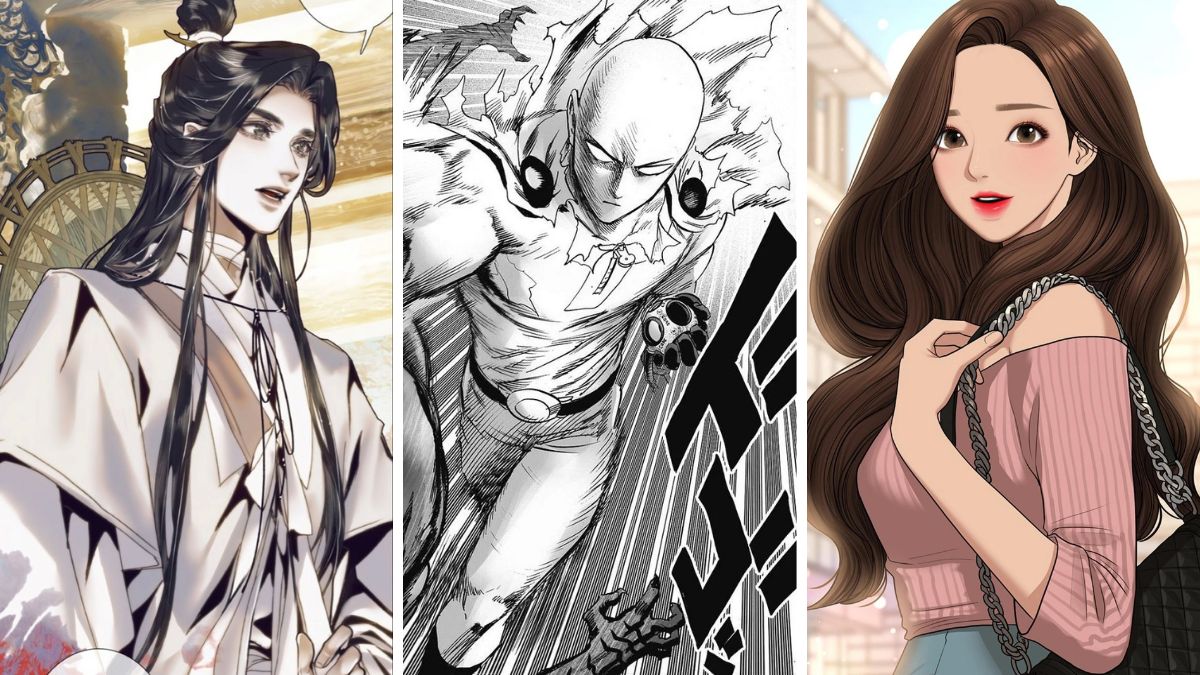
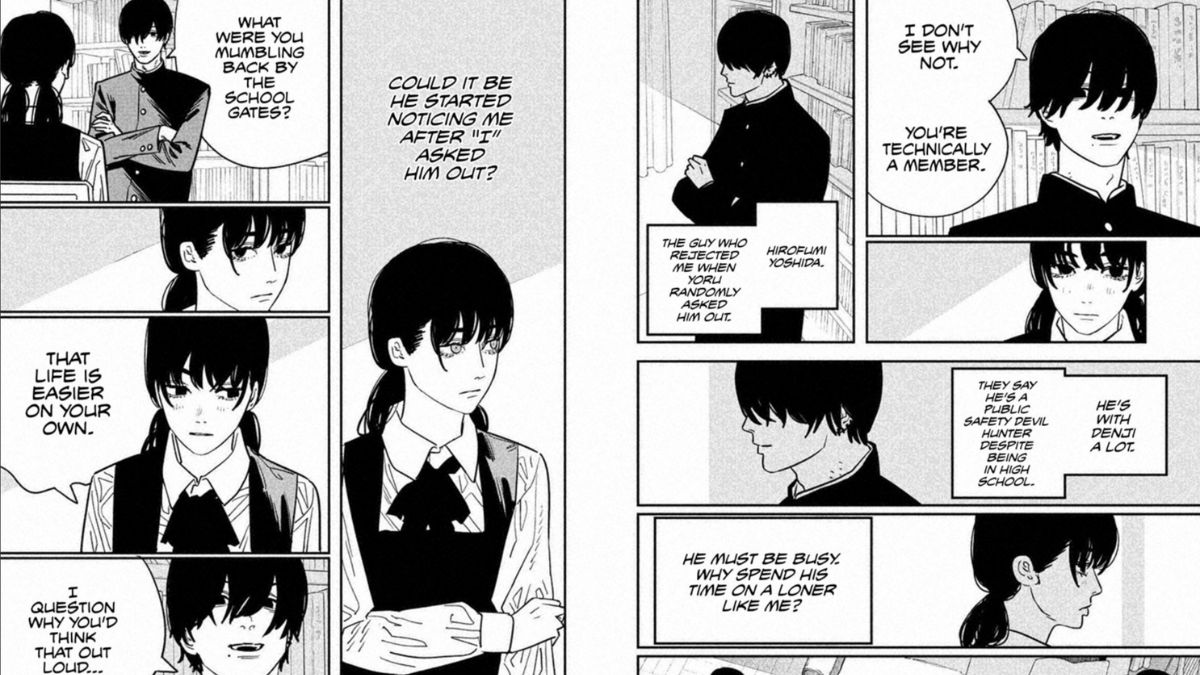
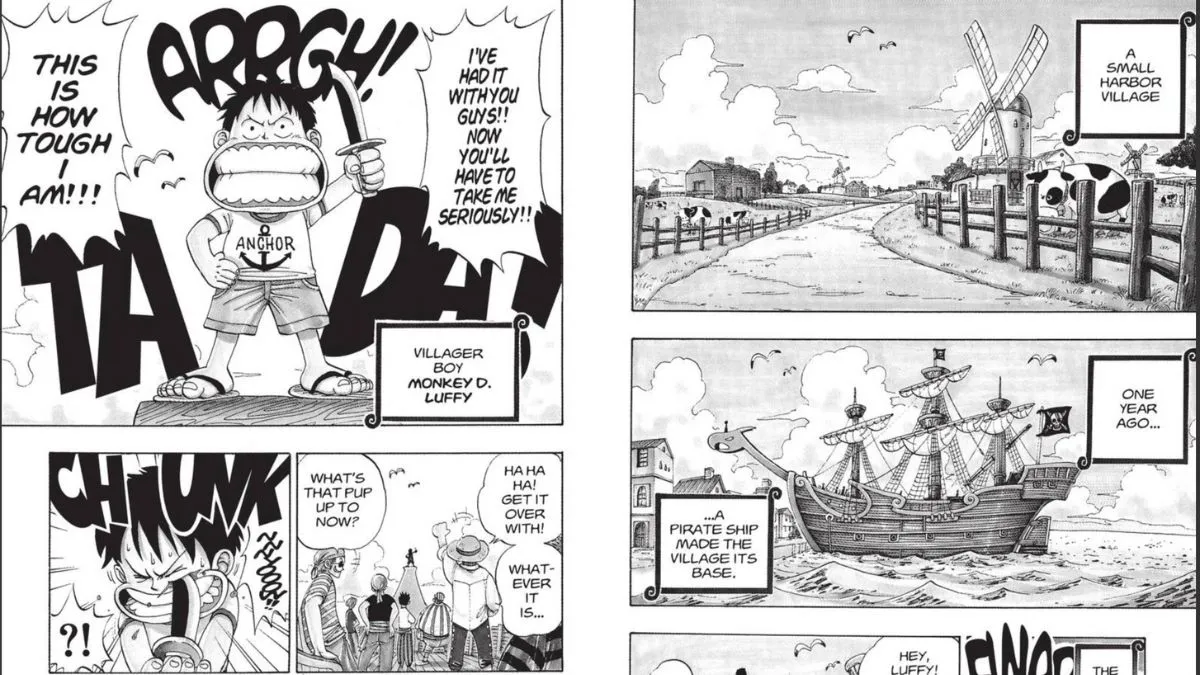
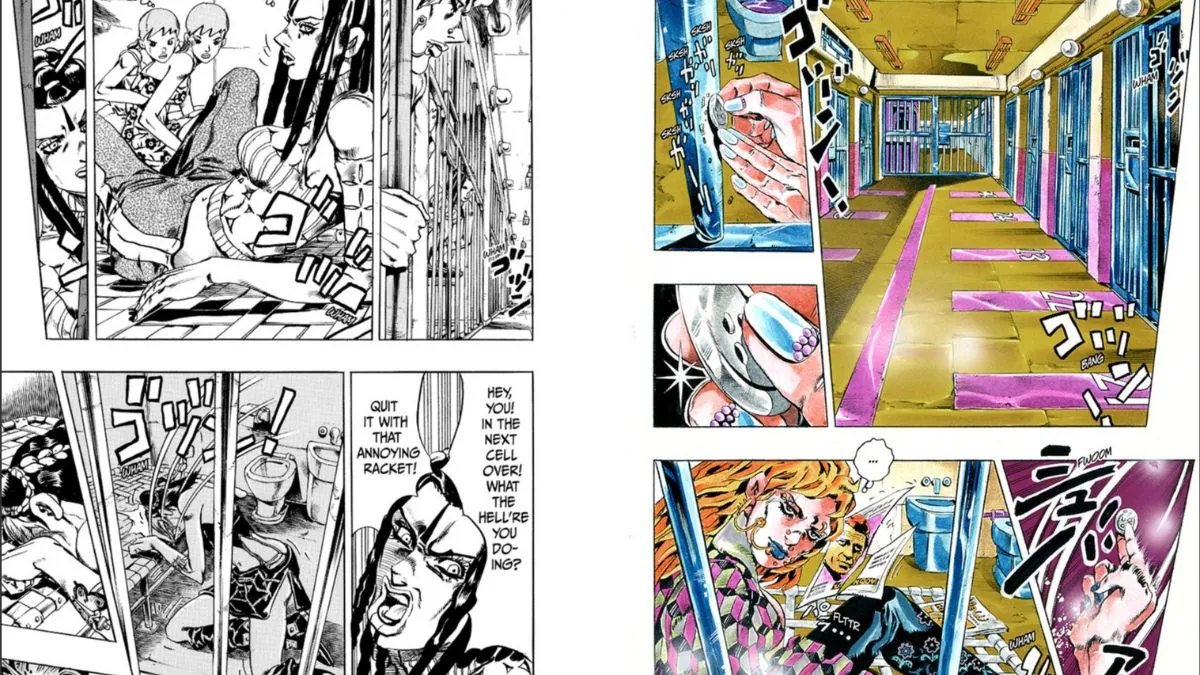
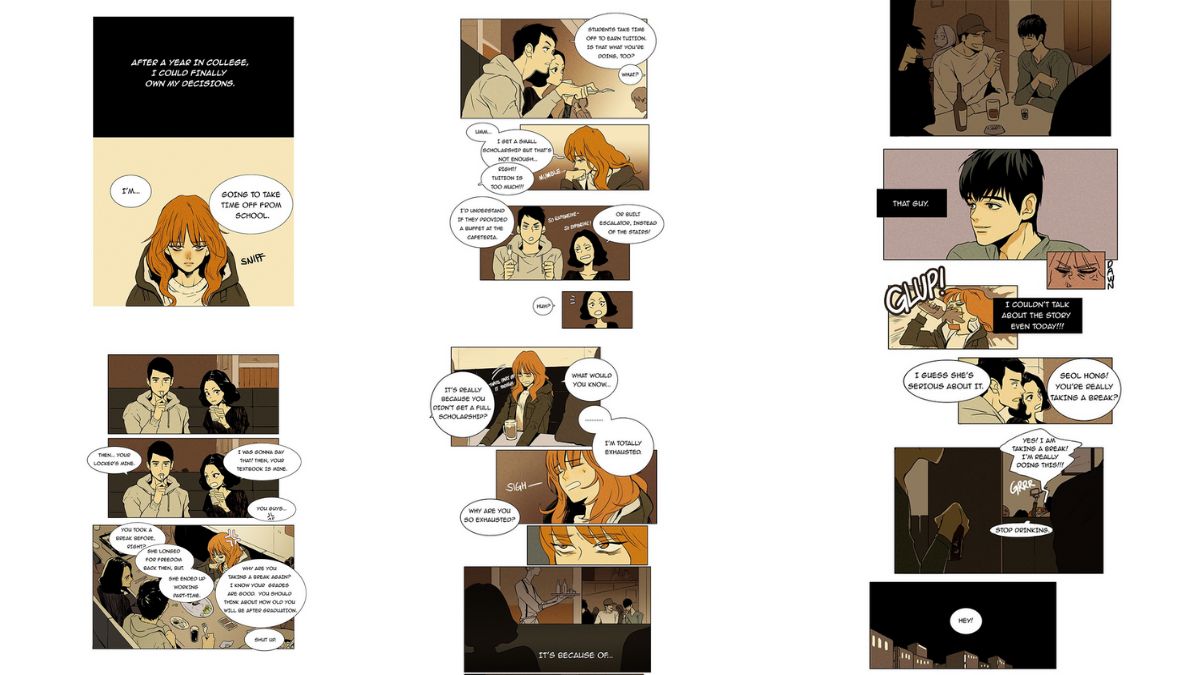
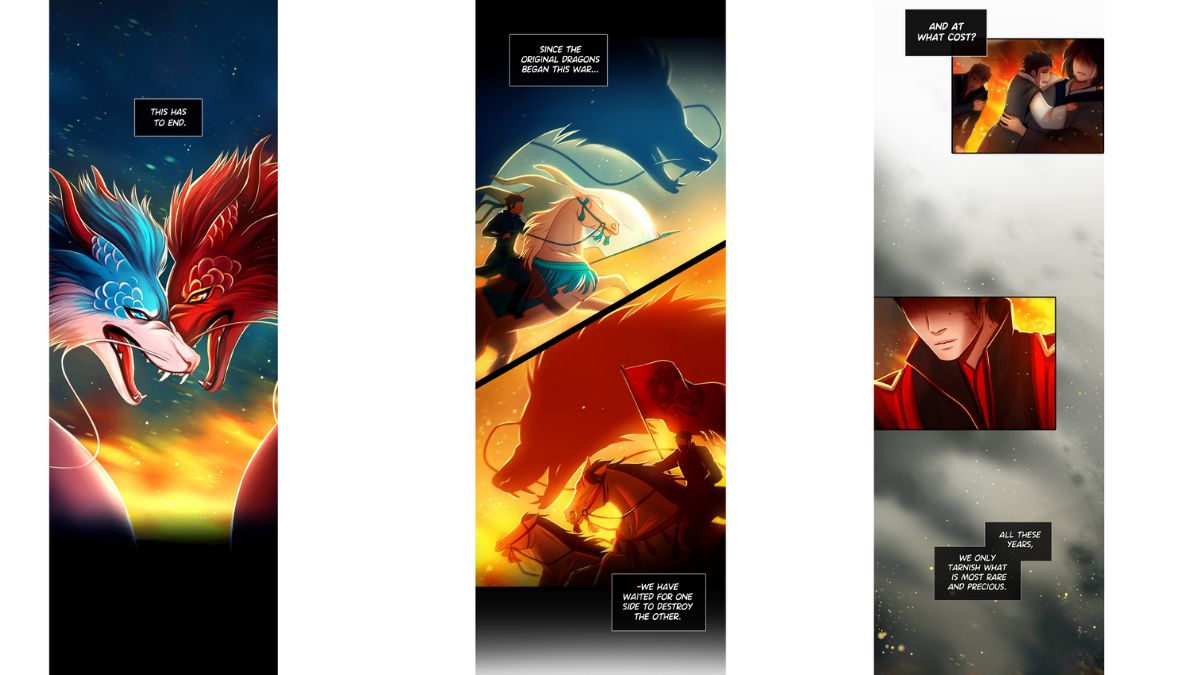
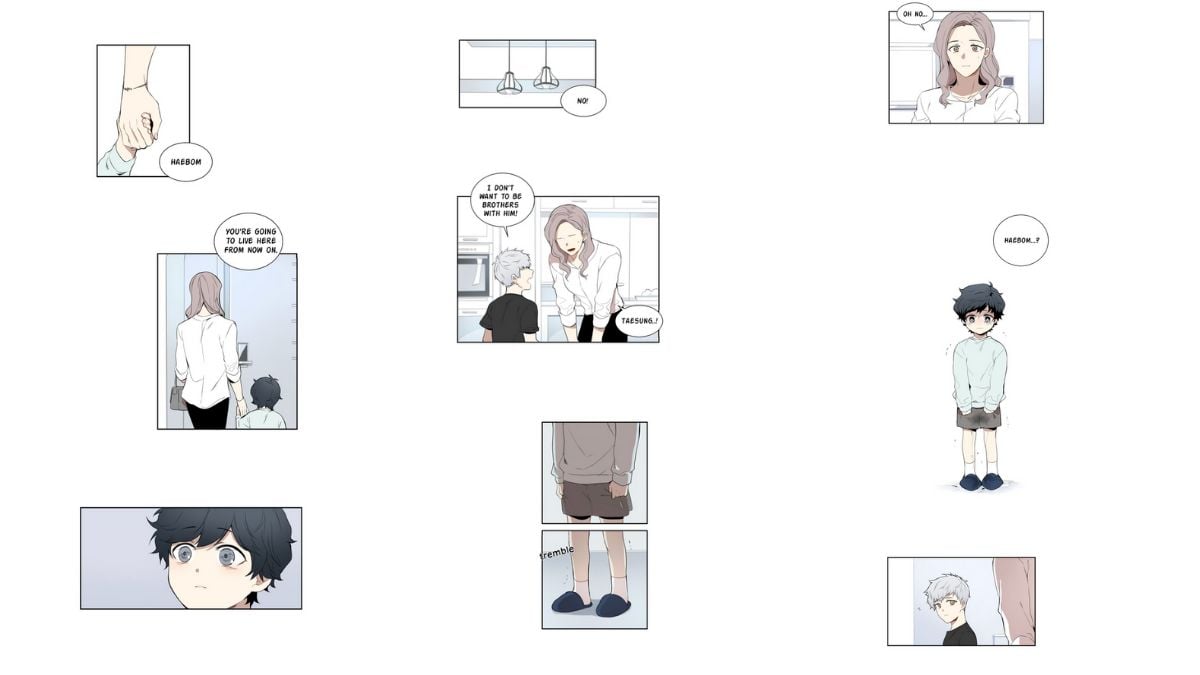
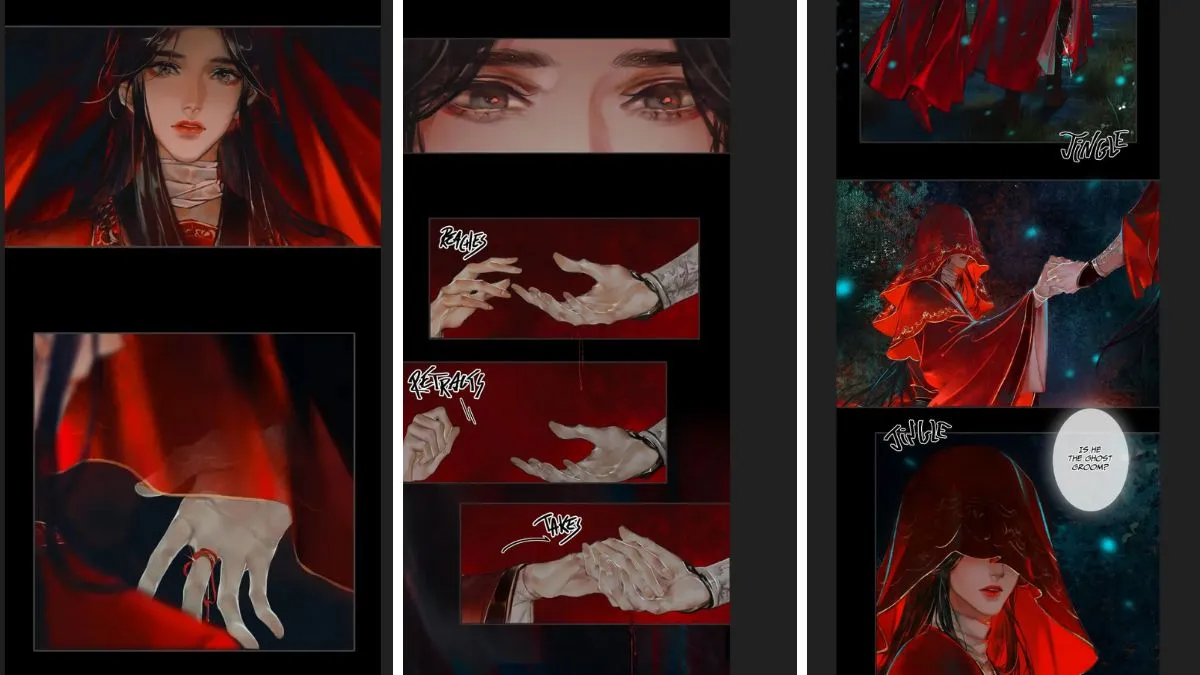
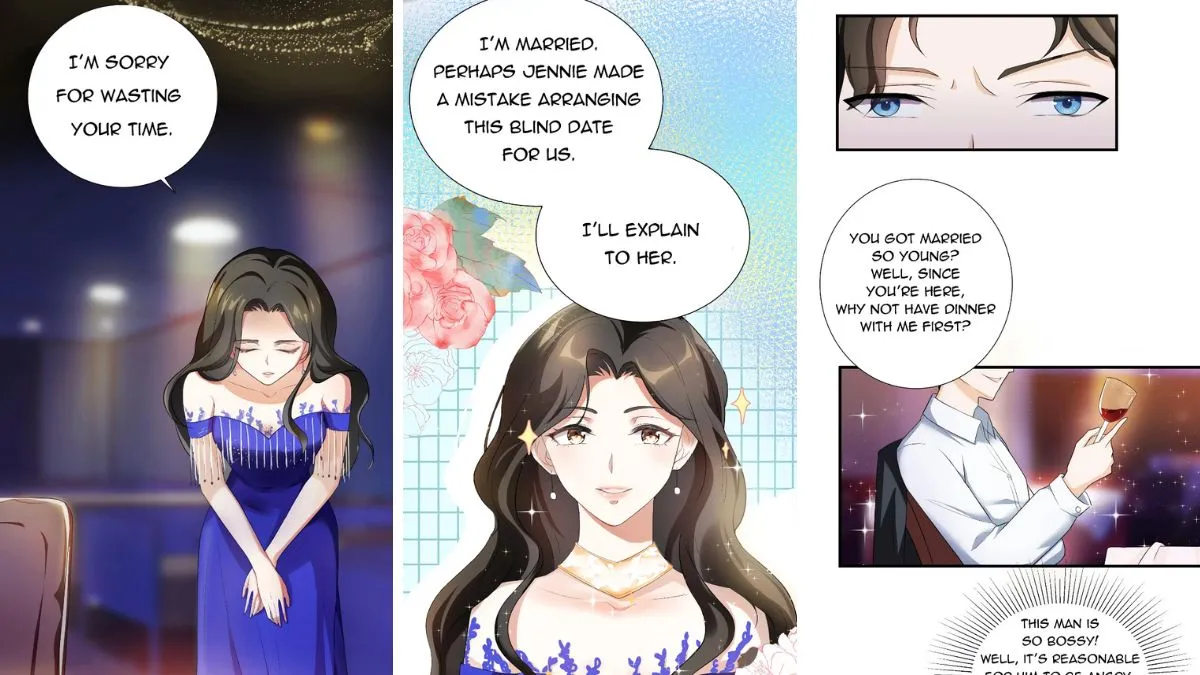
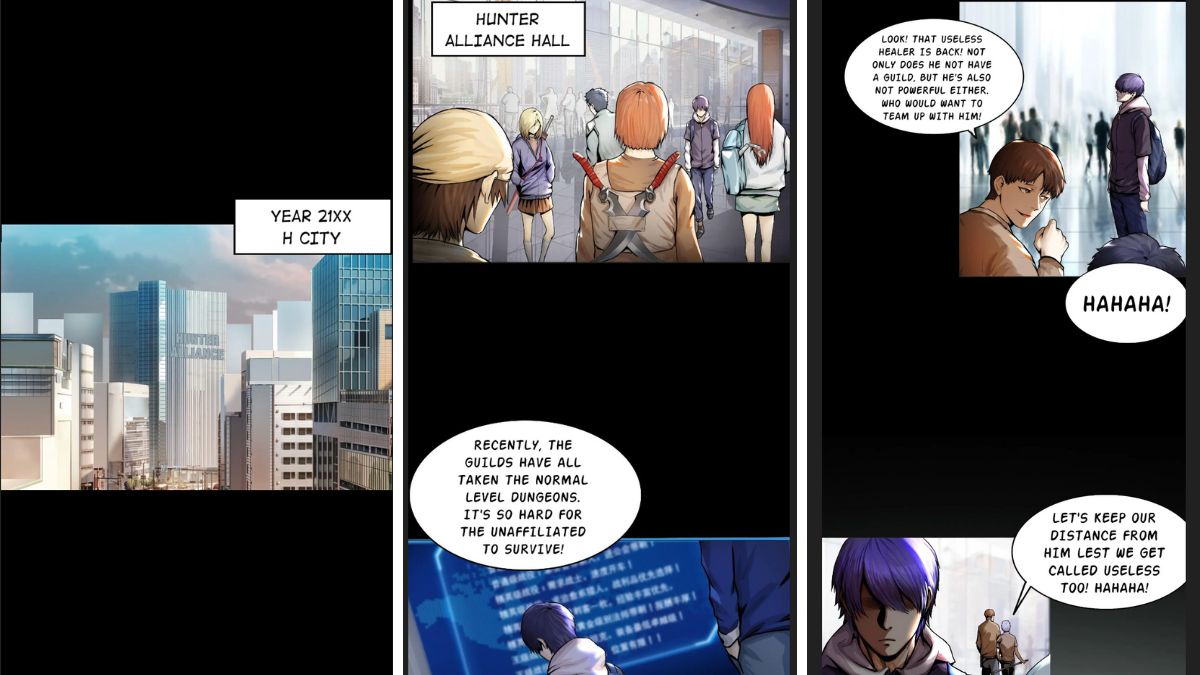
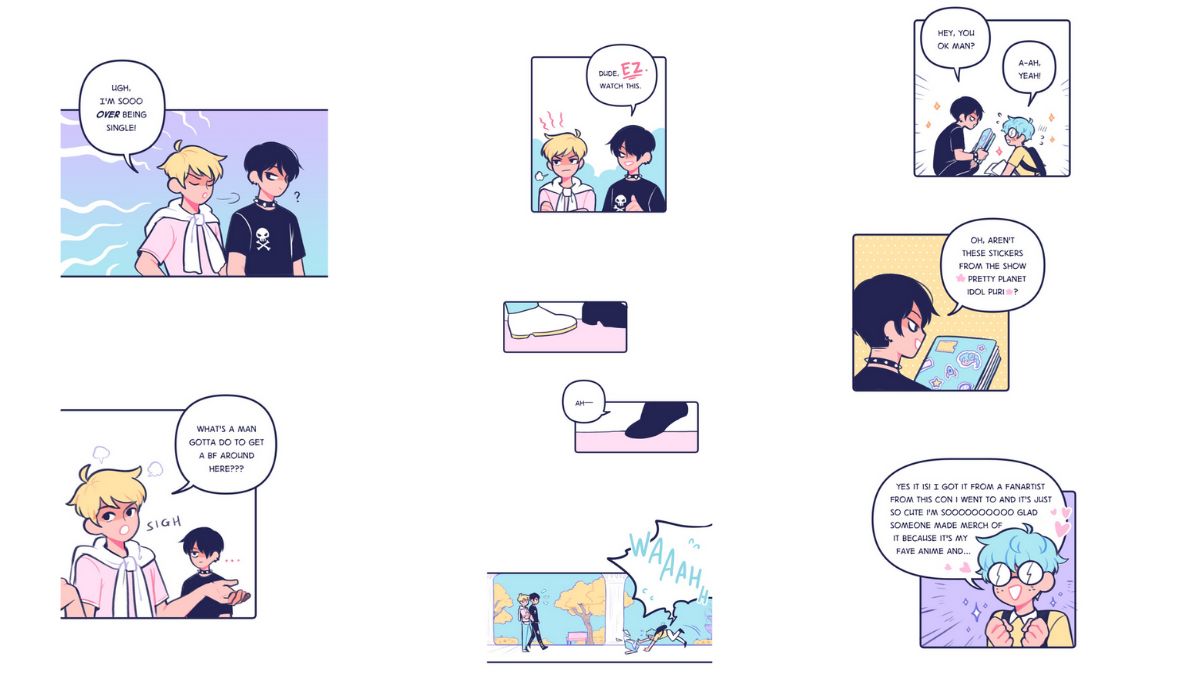
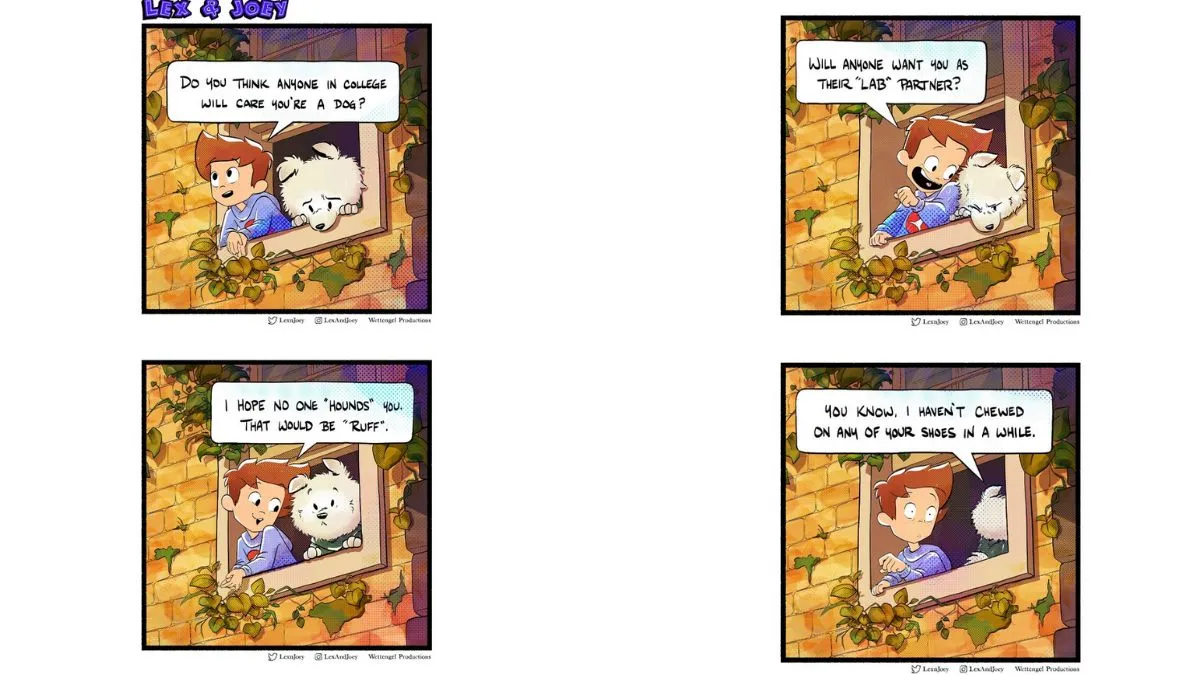
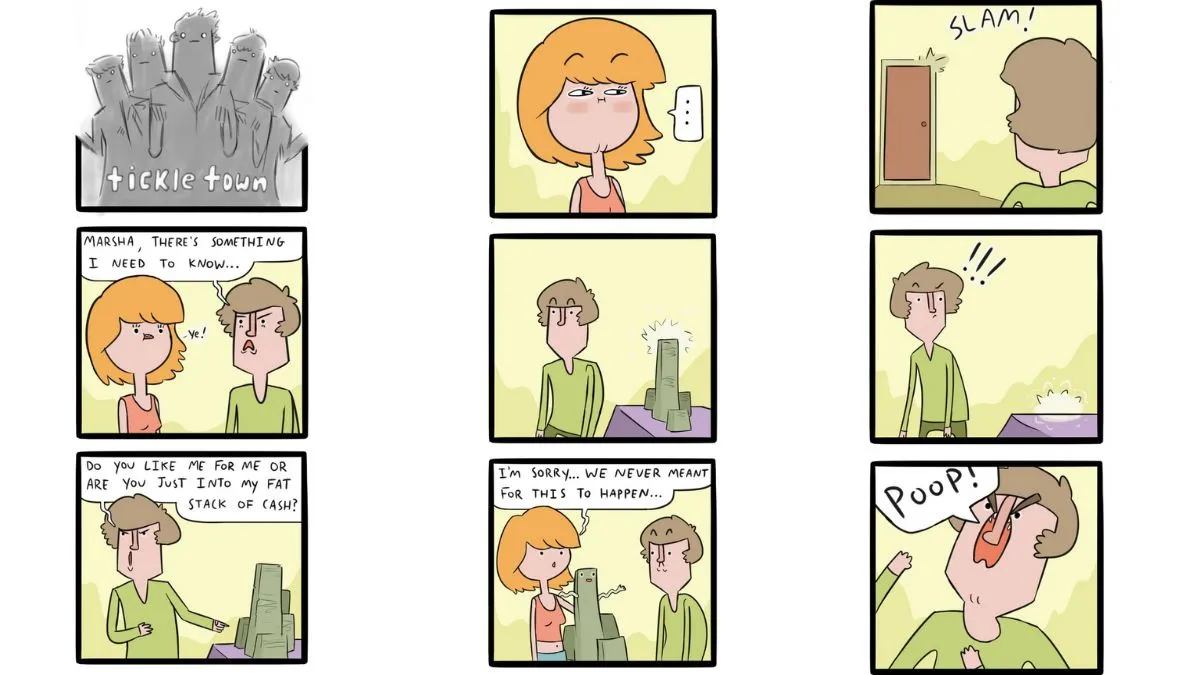
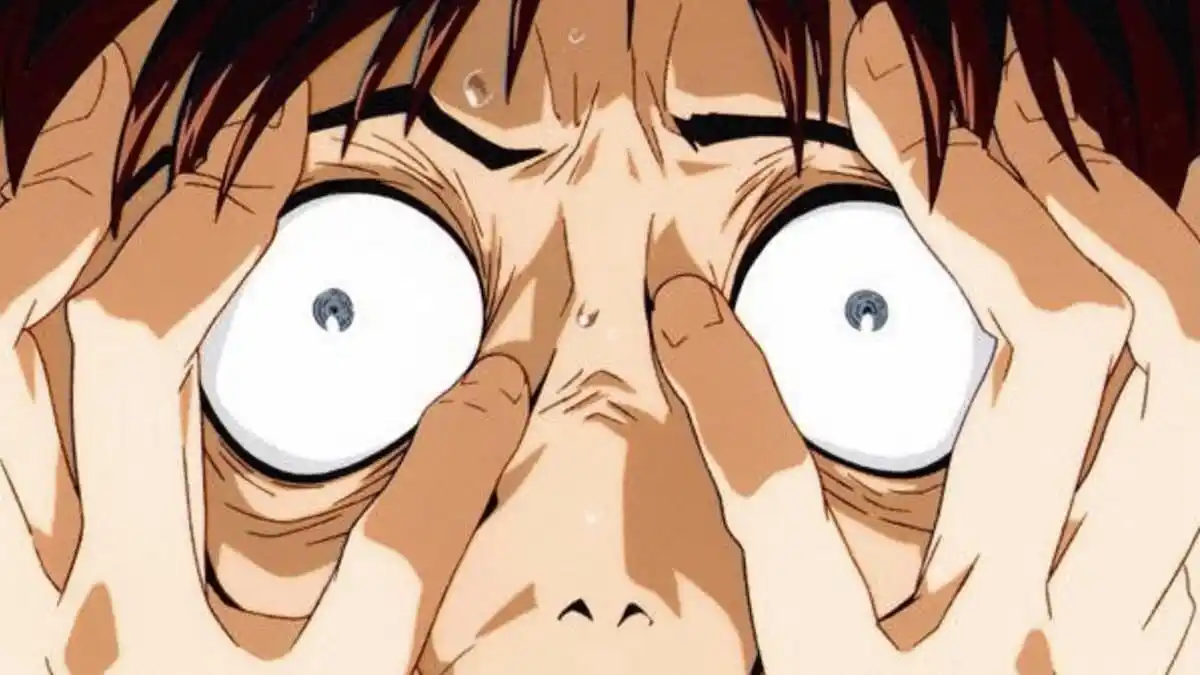
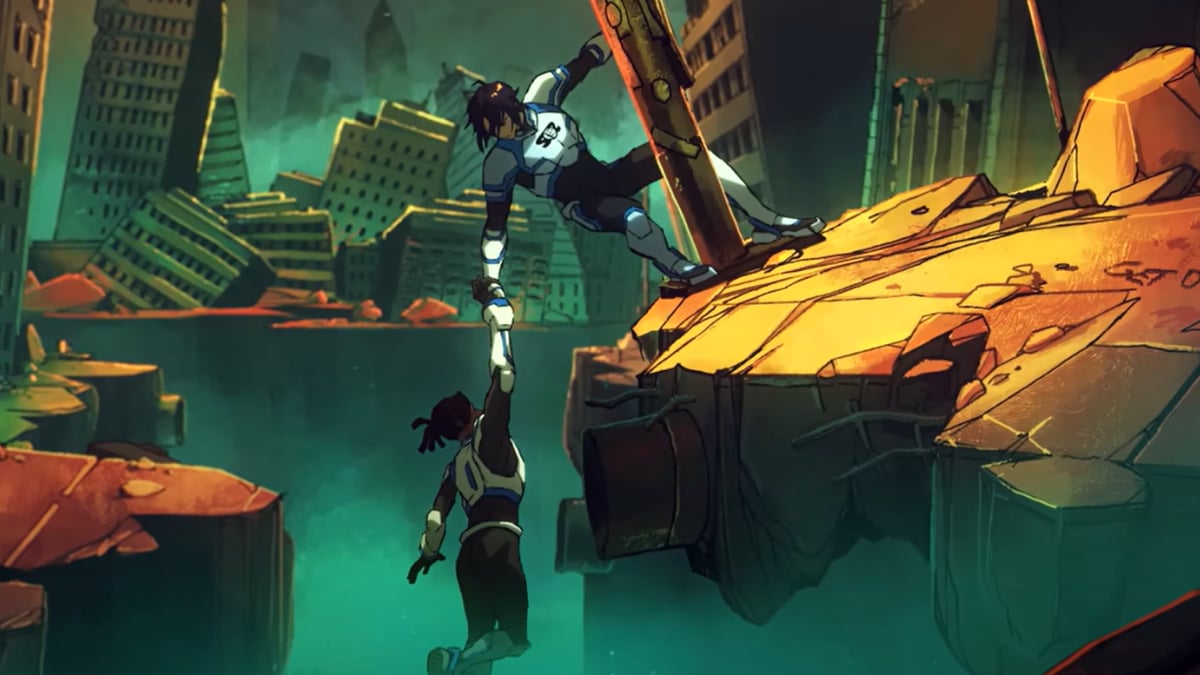
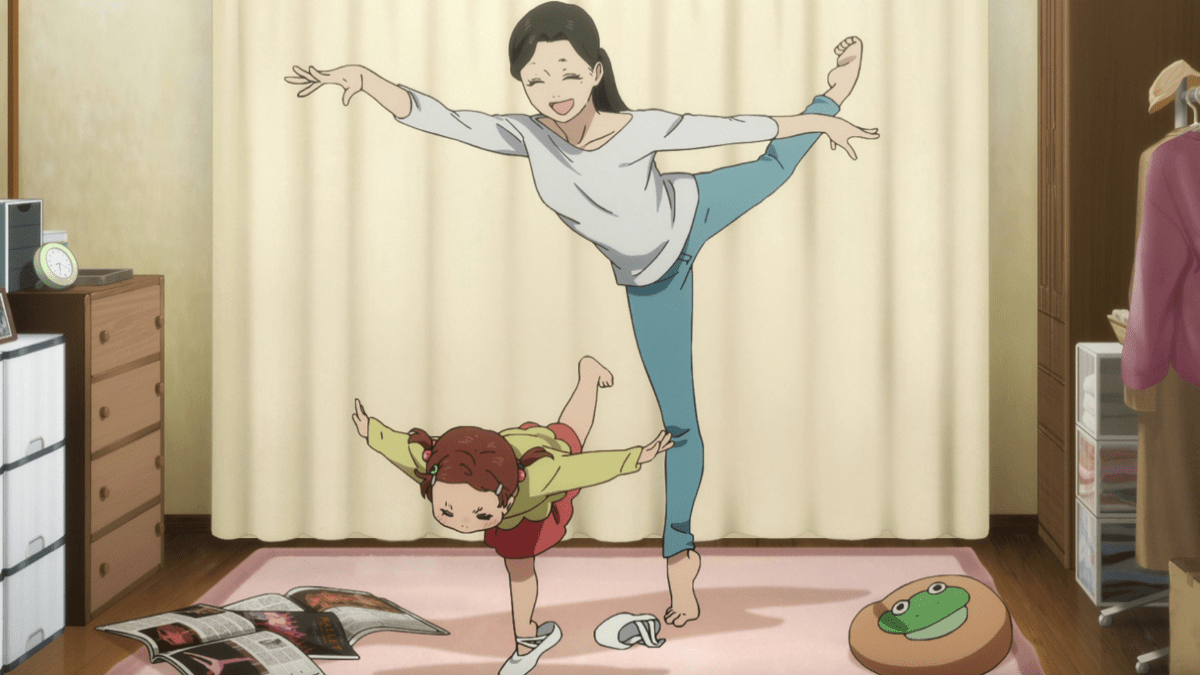
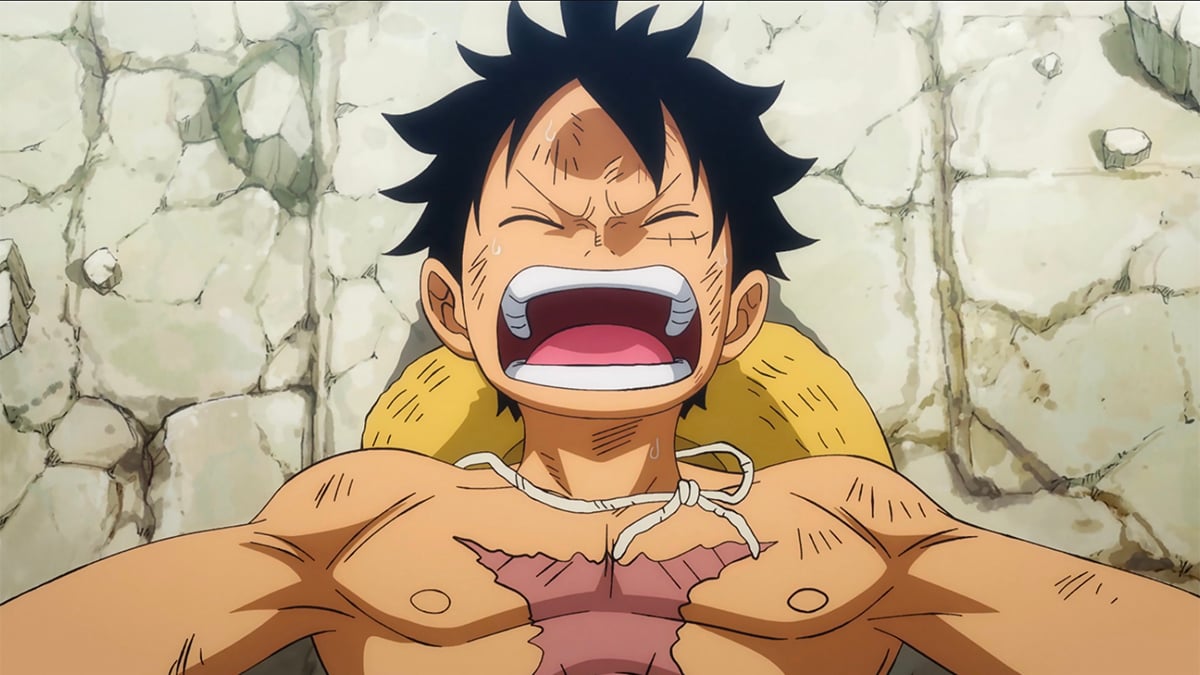
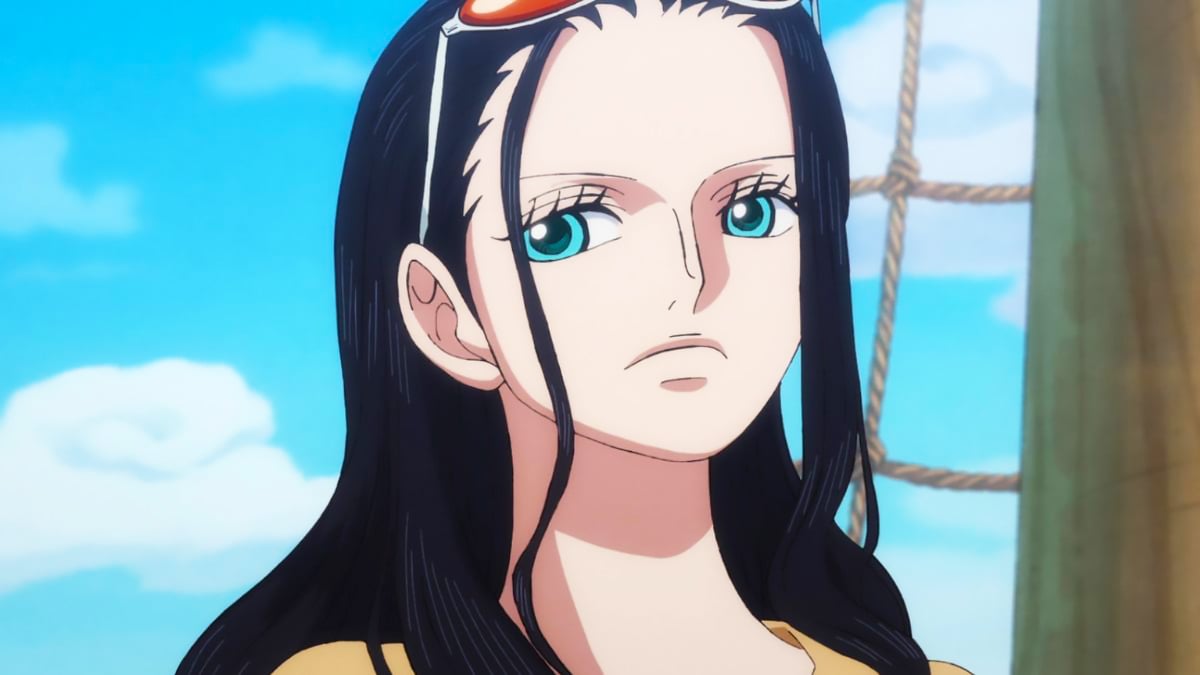
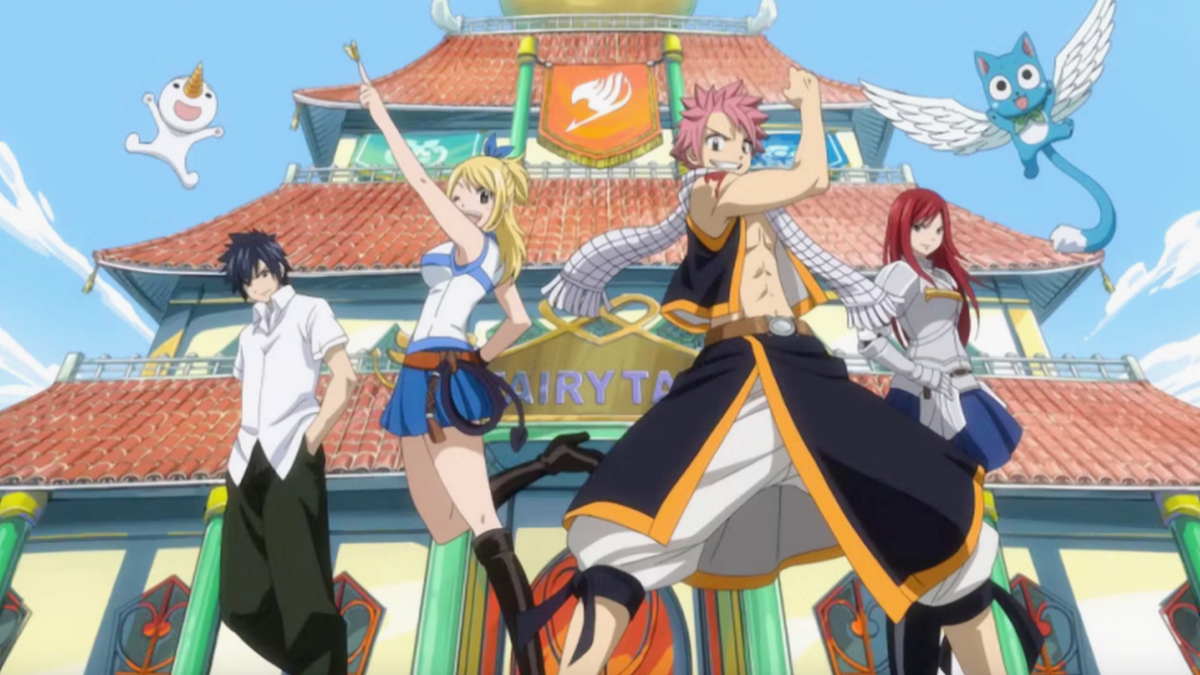
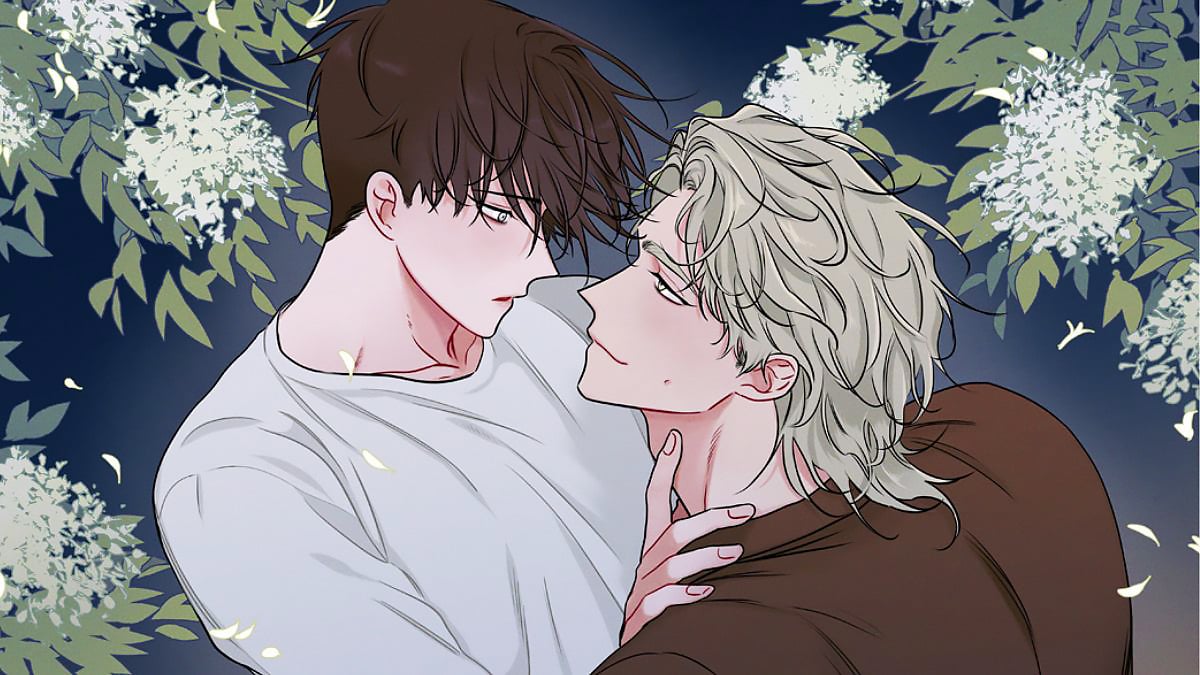
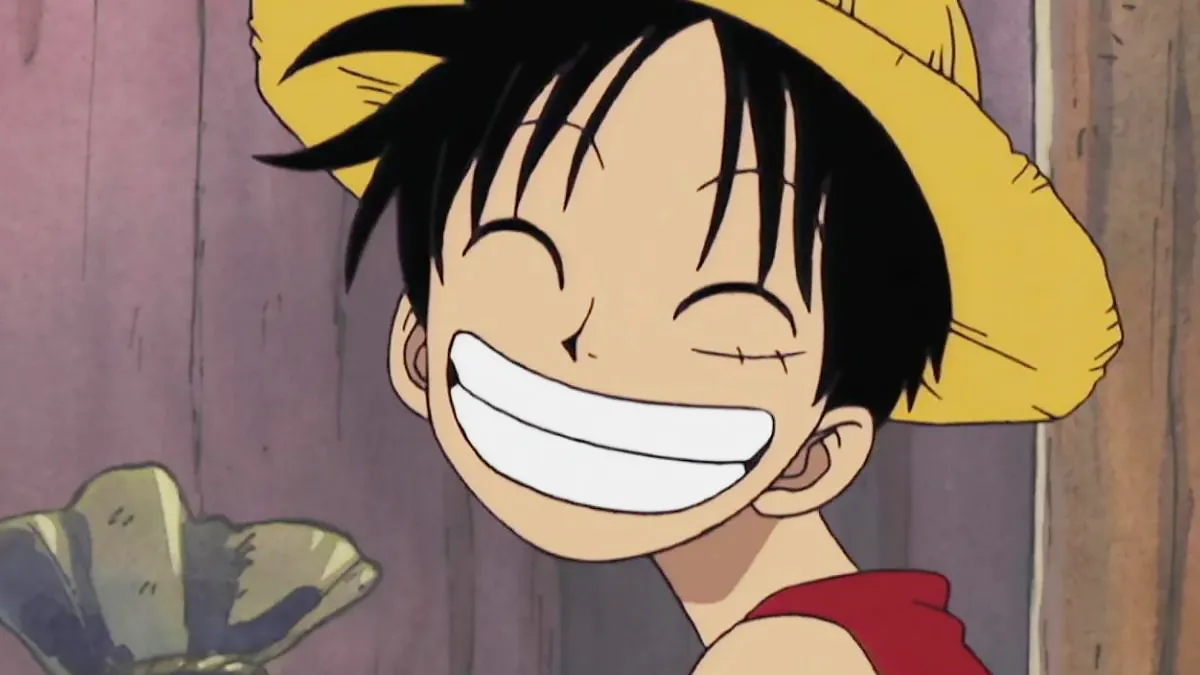

Published: Feb 23, 2023 09:20 am